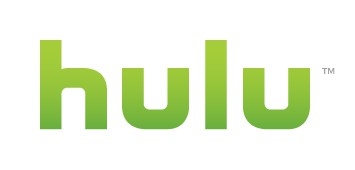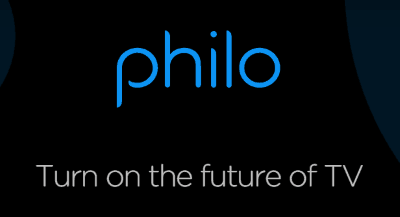 The top 10 service providers in the United States collectively lost over 1.25 million paid television customers in the first three months of 2019, providing further evidence that cord-cutting is accelerating.
The top 10 service providers in the United States collectively lost over 1.25 million paid television customers in the first three months of 2019, providing further evidence that cord-cutting is accelerating.
Multiscreen Index estimates if that trend continues, an average of 14,000 Americans cancel their paid cable or satellite television service daily.
AT&T suffered the greatest losses, primarily from its satellite television service DirecTV. More than a half-million satellite customers canceled service in the first quarter of the year. AT&T lost another 89,000 streaming customers as news spread that the service was increasing prices and restricting generous promotions to attract new subscribers. DISH Network, DirecTV’s satellite competitor, also lost more than 250,000 customers.
Many cable television providers announced this quarter they would no longer fret about the loss of cable TV customers, and many have dropped retention efforts that included deeply discounted service. As a result, customers are finding it easier than ever to cancel service. Comcast lost 107,000 TV customers, while Charter Spectrum lost 152,000. Spectrum recently increased the price of its Broadcast TV Fee to $11.99 a month and has pulled back on promotions discounting television service.
| Service | Change quarter |
Subscribers (millions) |
|---|---|---|
| 1,280,200 | 81.90 | |
| AT&T TV/DirecTV | -544,000 | 22.36 |
| Comcast | -107,000 | 20.85 |
| Charter Spectrum | -152,000 | 15.95 |
| DISH Network | -266,000 | 9.64 |
| Verizon FiOS | -53,000 | 4.40 |
| Altice USA | -10,200 | 3.30 |
| Sling TV | 7,000 | 2.42 |
| DirecTV Now | -89,000 | 1.44 |
| Frontier | -54,000 | 0.78 |
| Mediacom | -12,000 | 0.76 |
“There were losses across the top 10 television services in the United States, with even the DirecTV Now online service losing customers following previous heavy promotion. Between them, they lost over one-and-a-quarter million subscribers in three months. They still command a significant number of customers but the rate of attrition has increased,” said Dr. William Cooper, the editor of the informitv Multiscreen Index.
The total figures for the quarter show roughly 81.90 million Americans are still paying one of the top-10 providers for cable or satellite television service, amounting to less than 70% of television homes — a significant drop. Privately held Cox Communications is excluded because it does not report subscriber numbers or trends.


 Subscribe
Subscribe
 Hulu, unlike its bigger rival Netflix, still depends on commercials for a substantial part of its income, and on Wednesday
Hulu, unlike its bigger rival Netflix, still depends on commercials for a substantial part of its income, and on Wednesday  Philo is the latest streaming alternative to cable television consolidating its package offerings, ditching a 45-channel skinny bundle sold for $16 in favor of a single 58 channel package Philo will continue to sell for $20 a month.
Philo is the latest streaming alternative to cable television consolidating its package offerings, ditching a 45-channel skinny bundle sold for $16 in favor of a single 58 channel package Philo will continue to sell for $20 a month. YouTube TV is raising rates 25-43%, depending on your existing package.
YouTube TV is raising rates 25-43%, depending on your existing package.